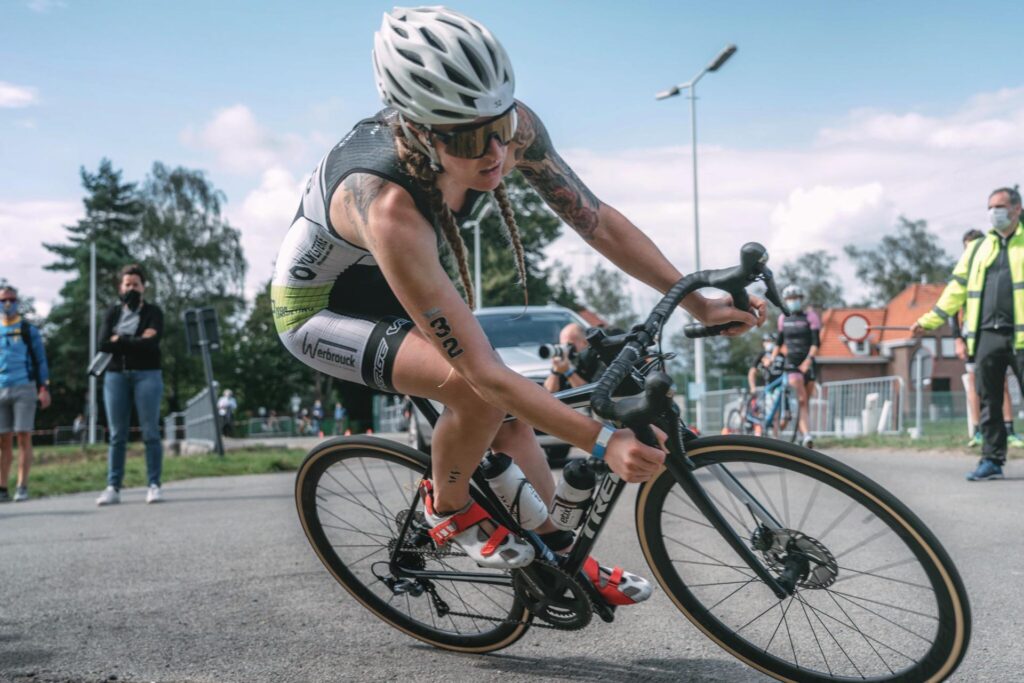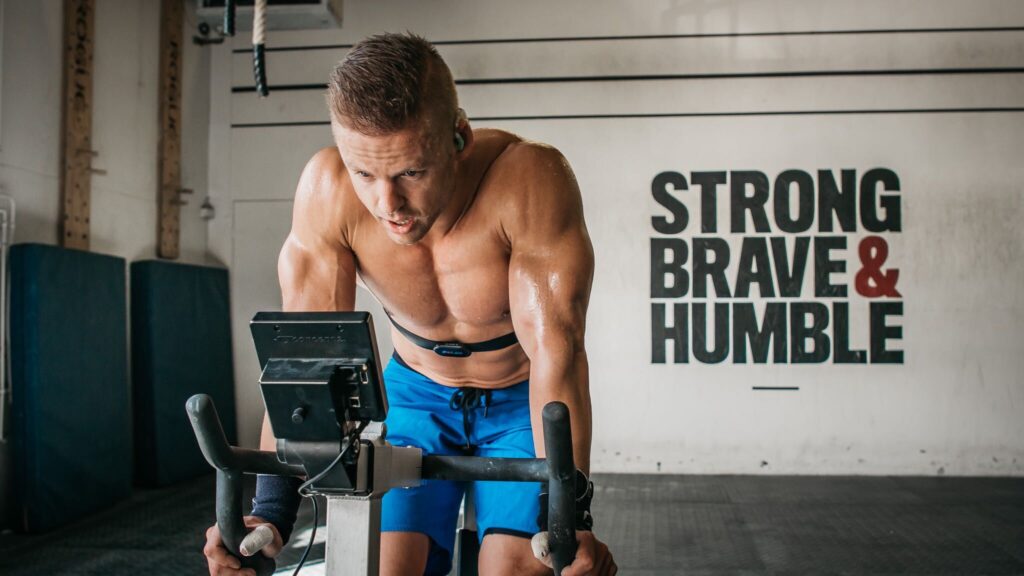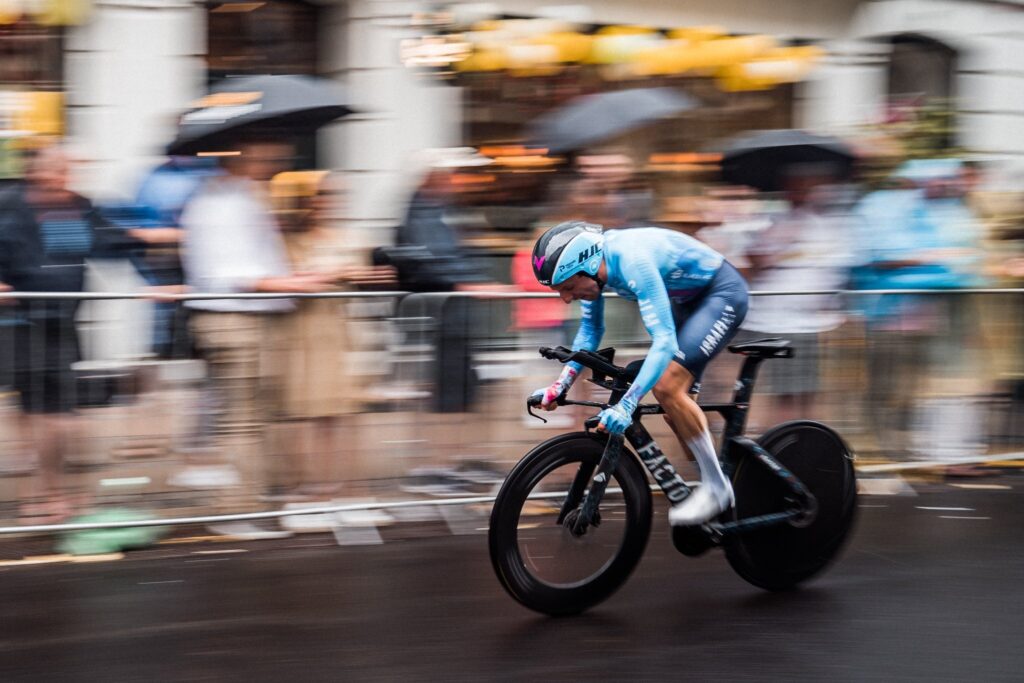5 tips from a professional cyclist on how to recover better

Getting ready for a big cycling race by a professional cyclist is always associated with pushing hard through as many miles as possible. But pro cycling is not only about training your legs. It’s also about recovery.
If you like to ride hard and win some races, you need to make recovery your first priority.
2020 added another bump in the road in the form of COVID-19 pandemic. While we saw a massive surge of new cyclists on the roads, cycling overall was far from normal. No more races, no group rides, and even the recovery experiences were affected. We have compiled 5 easy recovery tips from the phenomenal Colombian pro cyclist Jhonatan Restrepo, who recently bounced back from long Covid and almost doubled in his accessible lung capacity:
“In spring 2021 I got Covid and it hit me very hard. To get back on track I started training with Airofit and already within 10 days I felt the difference. After 2 months of recovery I started racing again. I returned with a TT win on Stage 7 at Tour of Rwanda and I was also close to winning the GC.”
Tip 1: TRY ACTIVE RECOVERY
Rest and recovery is always associated with the days of doing nothing, when you should just kick your feet up, but in the world of cycling resting days are sometimes also associated with so called “active recovery”. While going through the active recovery process you should do some relatively easy exercise to keep your blood moving through your muscles, working out your legs and body a bit as well as keep your body producing the endorphins and other “feel good” compounds that help you reduce stress and boost your mood. That is why exercising is such a powerful tool to support your recovery process. So start adding simple exercises to your resting days. For example, take a yoga class or a daily walk, play with your kids or just enjoy an easy spin.
Tip 2: TRAIN YOUR LUNGS OR SIMPLY BREATHE

Rest is critical, but rest is sometimes elusive due to discomfort after a hard training ride, and breath can play a major role in this process. Use slow, controlled and directional breathing to maintain flexibility, increase the movement of blood and lymph fluid. It gives you something to keep you distracted from the pain or anxiety, which you may feel after a hard ride.
“Before I started using Airofit I honestly never thought that the breath was so important and that I could improve my performance so significantly. But now with the Airofit I actually found the perfect tool that helps me to learn how to breathe in cycling.” – says Jhoatan Restrepo.
Jhonatan’s Airfofit breathing protocol starts off easy. He normally trains every second day for around 5-10 minutes a day. In the morning he starts with a Revitalisation session to calm his body and activate his breathing muscles before jumping into the respiratory strength session. As for the evening training session, Jhonatan does the Flexibility session that’s designed to stretch the breathing muscles and increase the accessible lung capacity. Breath training plays a role in athletes’ comeback from long Covid. Breathing becomes easier as respiratory muscles become more efficient, and the perception of physical activity also becomes more beneficial as you are not wasting any energy on breathing itself.
“When I got Covid-19 and it hit me very hard. I was trying to recover for a while but I was continuously having pain in my chest which was a side-effect of covid and I could not figure out how to overcome it. – says Jhonatan Restrepo – As soon as I started practicing the respiratory training with Airofit I immediately felt the difference. Every day there was less and less pain in my lungs.”– says Jhonatan.
Tip 3: HYDRATE YOURSELF
Hydrating yourself after every ride is crucial for a smooth recovery process in cycling. And it’s not only about drinking water once you finish the ride. Continuous hydration and replenishment not only with water but with electrolytes during the rest of the day will help you out to replace the lost sodium, protein, potassium and vital micronutrients will help your body to recover in the best possible manner. Depending on the season you can increase or decrease the variety of the electrolyte drinks you consume.
Tip 4: GET SOME SLEEP
Sleep is the best recovery tool for your body, especially when you spend around 8 hours a day training. It is an essential function that allows your body and mind to recharge, leaving you refreshed and alert when you wake up. Further, during sleep your body produces the human growth hormone, which supports repair of your muscle tissue. Healthy sleep also helps the body remain healthy and stave off diseases.
In short, if you want to recover and perform at your best, you need some decent shut-eye.
By dedicating time to breathing practice and utilising the Revitalisation and Relaxation-based modules in the Airofit mobile app you will begin to breathe fully and deeply, triggering a natural relaxation response and eventually helping you create a healthy sleep pattern.
Tip 5: REST YOUR MIND
While cycling definitely creates a lot of benefits for your mind, it is also important to include the mental rest into your recovery process.Giving your mind a downtime is a very helpful tool to improve your overall mental health and bring more positivity into your life. Therefore taking a day when you do not focus on your daily things and just being in the moment where you are not multitasking can be a great way to let your mind recover. When your mind starts to wander, don’t fight it as it is a natural tendency but take a slow exhale and transition back to your main task at hand.
These will be the 5 recovery tips, which professional cyclist Jhonatan Restrepo is happy to share with you to help you with smooth and well-deserved recovery.
If you want to learn more about the breathing benefits for cycling, read more here.
Click here if you want to read about Jhonatan’s post-Covid comeback.




